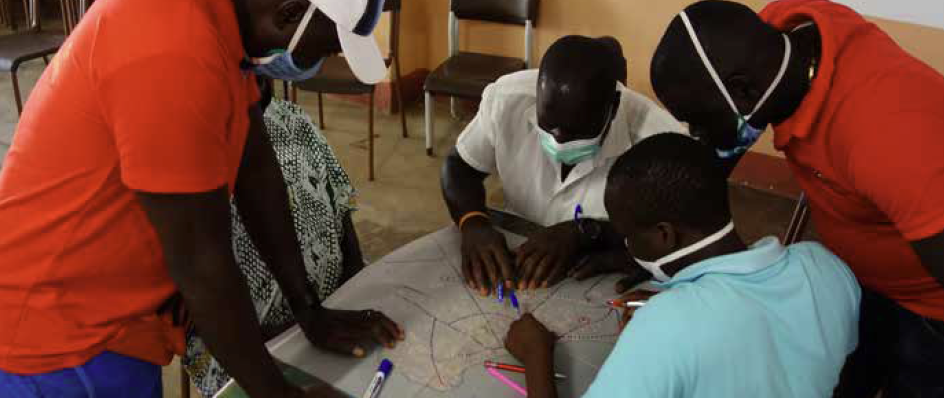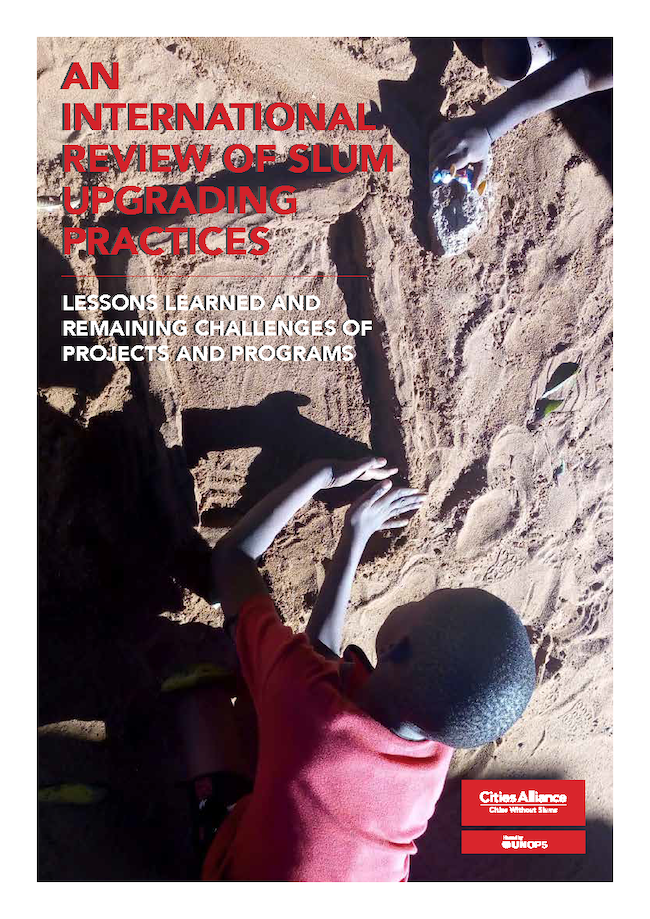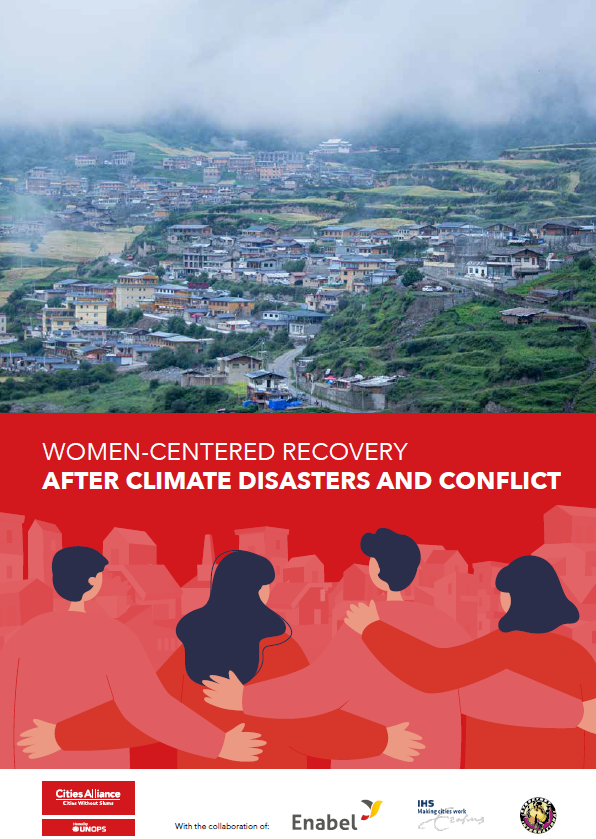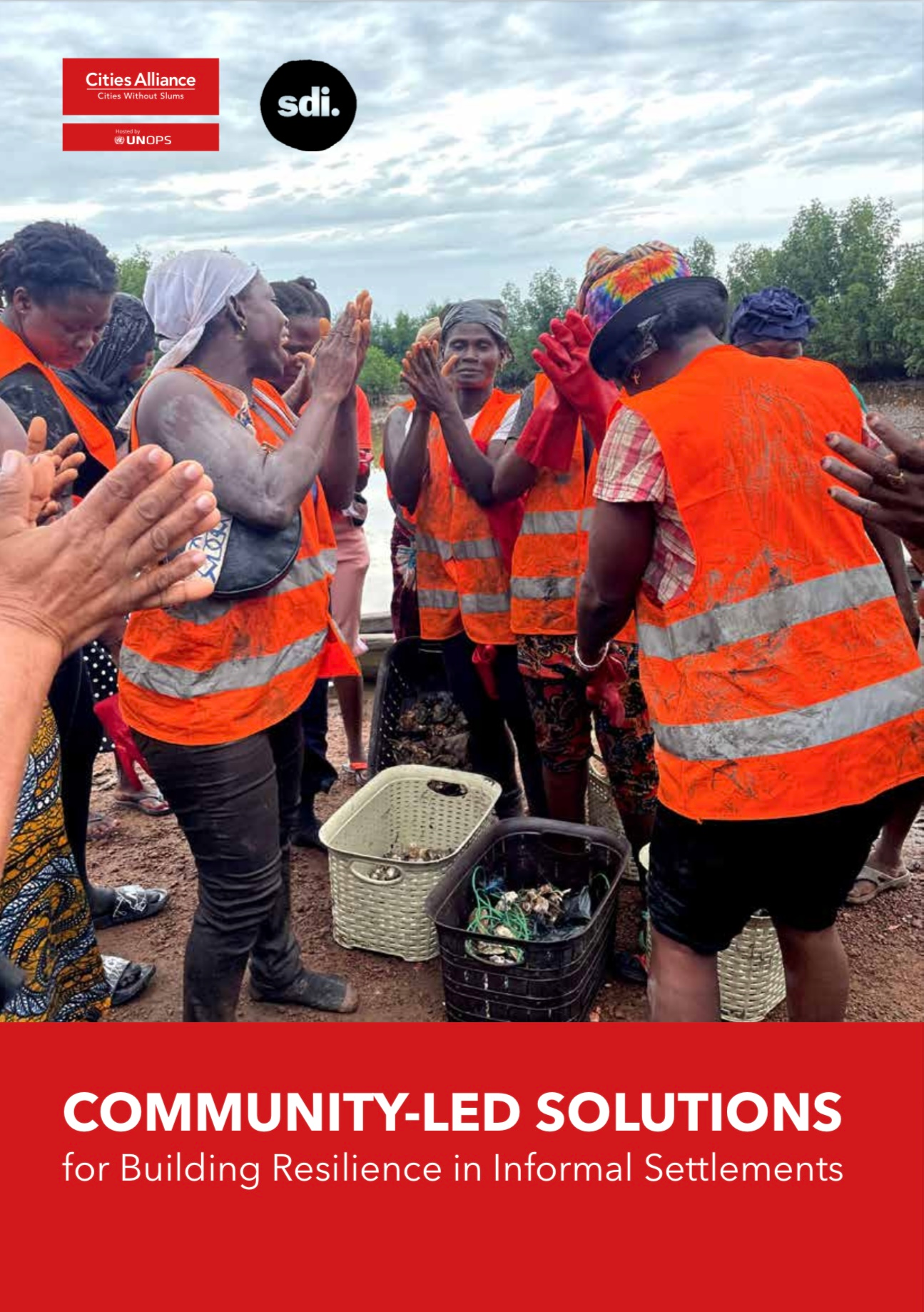- Who We Are
- How We Work
- Regional / Country Initiatives
- Legacy
- Core Themes
- Working Groups
- Portfolio & Results
- Newsroom
- Resources
International Review of Slum Upgrading Practices


Despite five decades of slum upgrading projects, the population living in slums is growing and the challenge to tackle the issues surrounding slums is ever greater. While nowadays, we have a fair understanding of common elements of successful slum upgrading practices and remaining challenges to unlock their full potential, there is still a need for in-depth investigations that manage to connect efforts to impact in order to make more convincing arguments to put interventions into slums a priority for governments.
This review is part of the Global Review Series on Informality. It outlines the current state of a practitioner’s literature on slum upgrading programmes. This paper provides an overview of slum upgrading programmes and their constituting elements of successful practices worldwide to discuss the reaming challenges. The review draws extensively on specific case studies and insights from the practitioner’s literature.
Slum upgrading is increasingly connected to poverty alleviation and inclusionary measures. While extending basic infrastructure is a fundamental element of slum upgrading, a concern for the physical built-up is frequently too limited. Impactful practices tend to be encompassing recognizing the multi-faceted nature of poverty and exclusion. Interventions may include the provision of physical infrastructure (water, sanitation, drainage, stormwater, electricity, road, and public space), social infrastructure (health services, education facilities, community centres, and sports facilities), economic interventions (skills, jobs, and business support), and legal provision (regularization and tenure security).
Main Messages
- Around the world, countries upgrade slums differently. While the practice of slum upgrading can look back to more than five decades of experience, and there is a consolidated discourse on the topic, there is no silver bullet for turning a slum around and ensuring improved living environments.
- A major take-away of trans-national diplomacy on slum upgrading spearheaded by the World Bank, UN-Habitat, and Cities Alliance, is that every city and slum settlement is unique, and what might have worked very well in one place can fail in another. Still, common elements and remaining challenges can be synthesized.
- The common elements of successful slum upgrading practices are having participation, providing physical infrastructure as the backbone of slum upgrading, addressing the need for social infrastructure, ensuring tenure security, and addressing the root of the problem by creating opportunity structures. Consequently, slum upgrading is increasingly connected to poverty alleviation and inclusionary measures.
- The remaining challenges revolve around the challenge of land and finance and as a consequence of combing both, developing appropriate tools to not only unlock land-based finance but also counter market forces. The rightsizing of service and construction standards is important to maximize the impact of interventions and ensure their feasibility.
- Slum upgrading requires tailored solutions to specific problems and local contexts and there is a need to unlock the true potential of transnational learning. The way forward emphasizes the need for more systematic approaches and a critical reflection on the ultimate goal of slum upgrading.


